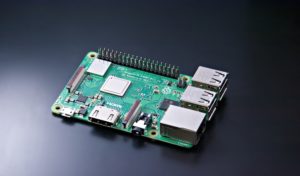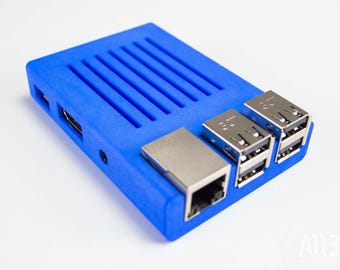


PiStorm stands out from the crowdRaspberry Pi Commodore 128 Emulator. The most popular of these are accelerators, designed to increase a stock Amiga 1000 or 500 from its aging 7MHz Motorola 68000 to a system that’s a little faster. It’s this band of enthusiasts that’s keeping the Amiga alive with new hardware, typically designed to bridge the gap between classic and modern computing. The main advantage of PiMiga, Ambian, or RetroPie, is.
Commodore Amiga Emulator Raspberry Pi Code And Design
The first is its open hardware Schwarz doesn’t sell the PiStorm, but instead publishes the source code and design files for anyone to submit to a PCB fabricator. The PiStorm, designed by Amiga fan Claude Schwarz, is just one of them, but one that stands out from the crowd for a variety of reasons. Sure you can buy yourself a pre-made tape emulator for your C64 or Vic20 like the Tapuino or even modify a Commodore Dataset so you can load tape images right off your iPhone via audio files, but where would the fun be in that If you have a Raspberry Pi, an LED, a few resistors, an NPN transistor. You can buy the Pi very cheaply and has a whole community supporting and building accessories and CBM Tape Pi - Simple Commodore Tape Emulator.
Connected via the Raspberry Pi’s 40-pin general-purpose input/output (GPIO) header, the PiStorm allows the Amiga to treat the Raspberry Pi as a replacement processor and more. The board itself is simple, driven by an Intel Altera MAX II complex programmable logic device (CPLD) – akin to a field-programmable gate array (FPGA), but simpler and cheaper.The PiStorm nestles in an Amiga’s CPU socket, with the stock processor removedThe CPLD acts as ‘glue logic’ between the host Amiga and a Raspberry Pi single-board computer in an unusual fashion. It is made to give you the best.In a market where your average Amiga accelerator costs 5-15 times as much money, an accelerator for that little would be remarkable, but the PiStorm is far from a simple accelerator. It is a very lightweight sd card image - 2GB and up.
The documentation walks you through downloading and compiling the software, updating the CPLD and finally loading the Muhashi emulator. PiStorm is a constantly evolving project, and there’s no ready-to-run software image. Add the Raspberry Pi on top, with a micro-SD card loaded with the lightweight Linux distribution of your choice, and you’re done.The software side is a little trickier.
Just the beginning…Handling the CPU and RAM is just the beginning though. Tweak the configuration and you can increase that to a Motorola 68040 – albeit with a few compatibility issues that are still being worked on – with 8MB of additional Zorro II memory – just about the most you could ever fit in a classic Amiga. By default, the PiStorm is configured to act as a Motorola 68020 and a 128MB chip memory expansion.
The PiStorm can also emulate a retargetable graphics (RTG) card, a common form of add-in card that gives an Amiga high-resolution and high-colour-depth capabilities. The board acts as a real-time clock as well, setting the Amiga’s clock to the Raspberry Pi’s clock – which is, in turn, set automatically over the network via NTP.The board isn’t finished there either. Meanwhile, a network pass-through, which will allow the Amiga to use the Raspberry Pi’s Wi-Fi connection, is on the road map.The PiStorm can also turn hard drive images, or physical block devices, into SCSI Amiga drives, making it easy to expand your Amiga’s storage.



 0 kommentar(er)
0 kommentar(er)
